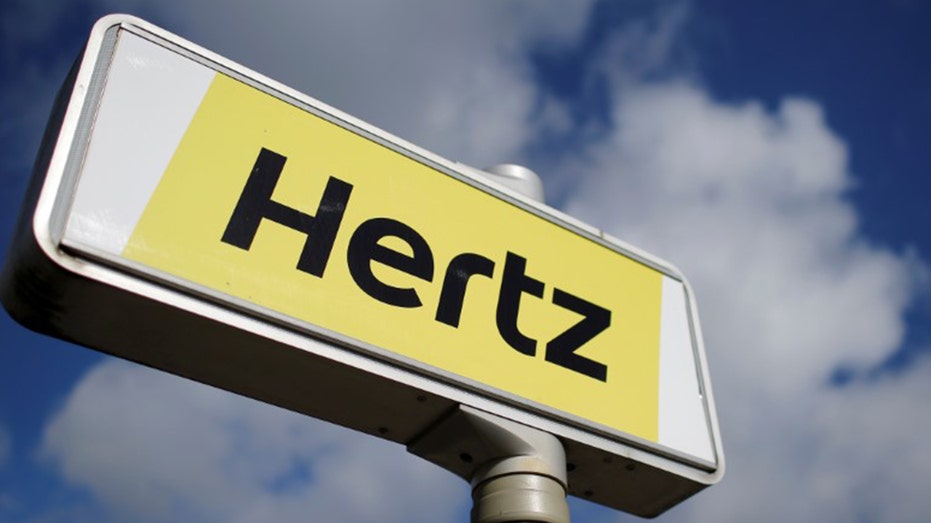pigfarmer
tall, thin, irritable
Teething issue. This is all from the hip, but as I remember Edsel had been telling his dad that the Model T was getting it a bit long in the tooth and they had to go with the Model A.
** why wasn't the Model A the first one ? **
The famous Ford Flathead V8 had serious inherent problems but was brought to market along with the Model A with the idea that a) they had to to compete to survive and b) information dissemination was glacial compared to what it is today, they simply felt thy could get them out there and fix them faster than they'd become known as failures. That's pretty much what happened with the assistance of people who had interest and ability and decided to apply themselves to aftermarket solutions. Victor Edelbrock was one of them and he must've had the right idea at some point, I have an Edelbrock Performer RPM intake manifold sitting downstairs and yes, it's way better than the factory unit it replaced.
No rollout is going to be perfect and they all have teething issues but there's far more to this debacle than all that. Pie in the sky notions not grounded in reality. Why we couldn't have simply continued to produce our own energy while increasing fuel efficiency standards, increase the use of hybrids and EVs more gradually is mind numbing to me. EVs are not going to save the planet.
** why wasn't the Model A the first one ? **
The famous Ford Flathead V8 had serious inherent problems but was brought to market along with the Model A with the idea that a) they had to to compete to survive and b) information dissemination was glacial compared to what it is today, they simply felt thy could get them out there and fix them faster than they'd become known as failures. That's pretty much what happened with the assistance of people who had interest and ability and decided to apply themselves to aftermarket solutions. Victor Edelbrock was one of them and he must've had the right idea at some point, I have an Edelbrock Performer RPM intake manifold sitting downstairs and yes, it's way better than the factory unit it replaced.
No rollout is going to be perfect and they all have teething issues but there's far more to this debacle than all that. Pie in the sky notions not grounded in reality. Why we couldn't have simply continued to produce our own energy while increasing fuel efficiency standards, increase the use of hybrids and EVs more gradually is mind numbing to me. EVs are not going to save the planet.




